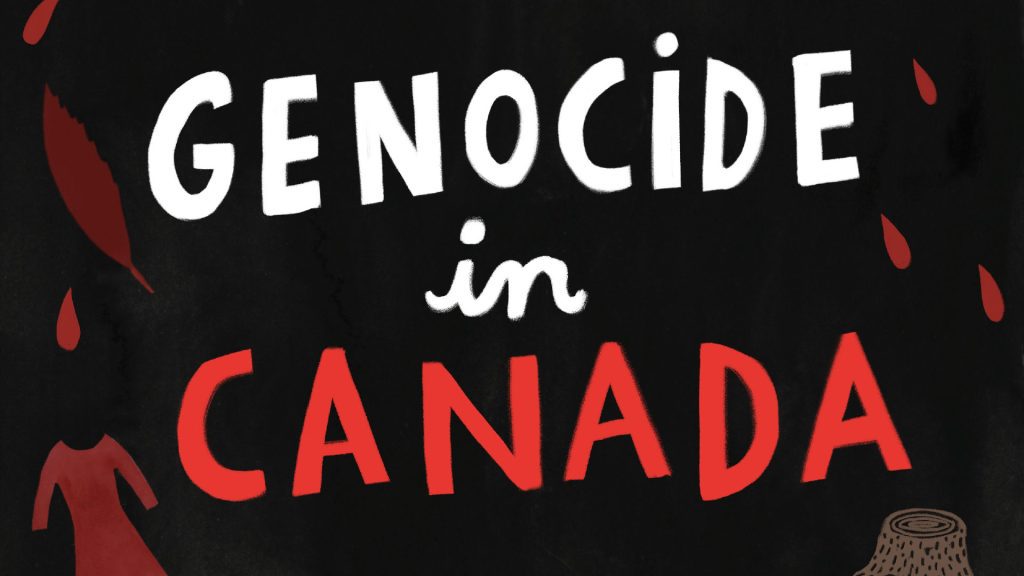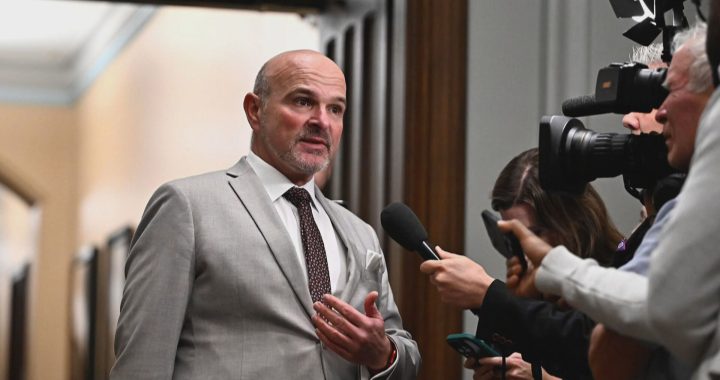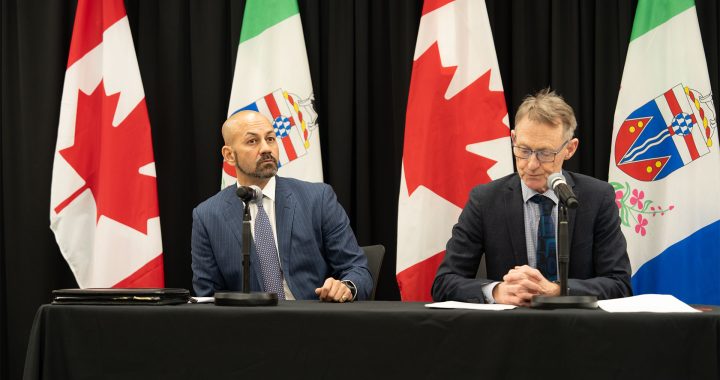
The Native Women’s Association of Canada or NWAC is trying to educate the country about the genocide committed against Indigenous peoples. NWAC is hoping to start with high school education.
“We know it’s difficult for some people to accept that genocide is not just a legacy of Canada’s colonial past, but an ongoing crime of massive proportions which continues to claim lives today,” says NWAC CEO Lynne Groulx at a news conference to launching a graphic booklet.

“This inability to accept the reality is a barrier that blocks efforts to end the violence.”
The booklet provides a clear legal explanation of Canada’s genocide against Indigenous peoples.
It explores historical wrongs, including the forced relocation of the Inuit, the hanging of Louis Riel, the residential school system and forced or coerced sterilization.
It’s not the first time the organization has taken on the weighty topic.
In 2015, an NWAC report on Missing and Murdered Indigenous Women and Girls included information on the legal definition of genocide, including the one used by the Canadian government in the Crimes Against Humanity and War Crimes Act, which defines genocide as: […] an act or omission committed with intent to destroy, in whole or in part, an identifiable group of persons, as such, that, at the time and in the place of its commission, constitutes genocide according to customary international law or conventional international law or by virtue of its being criminal according to the general principles of law recognized by the community of nations, whether or not it constitutes a contravention of the law in force at the time and in the place of its commission.
Teaching in high school will broaden understanding
NWAC believes putting the booklet in the hands of high school students will broaden the understanding of the issue and foster the impetus for real solutions.
“Some recognized genocides, such as the Holocaust and the genocide of the Tutsis in Rwanda, took place over specific periods of time and were characterized by mass killings. However, colonial genocide is a slow-moving process,” says Lafontaine.
“The policies of colonial destruction of Indigenous peoples took place insidiously and over decades. The acts of violence and intent to destroy are structural, systemic and cut across multiple administrations and political leaders.”
Read More:
A case for genocide not easy to make
Lafontaine says that “genocide is murder but also acts that are lethal and non-lethal.” The public generally does not understand that policies such as the residential school program were also a form of genocide, she added.
NWAC hopes education will help people understand genocide is “a basic human rights issue,” according to Groulx.
“We have come to realise the lack of action [on Indigenous issues, especially murdered and missing Indigenous women] is due to a lack of political will,” she says.
The event was the culmination of NWAC’S month-long campaign asking governments across Canada to change high school curricula to include the history and legacy of genocide against Indigenous people.









